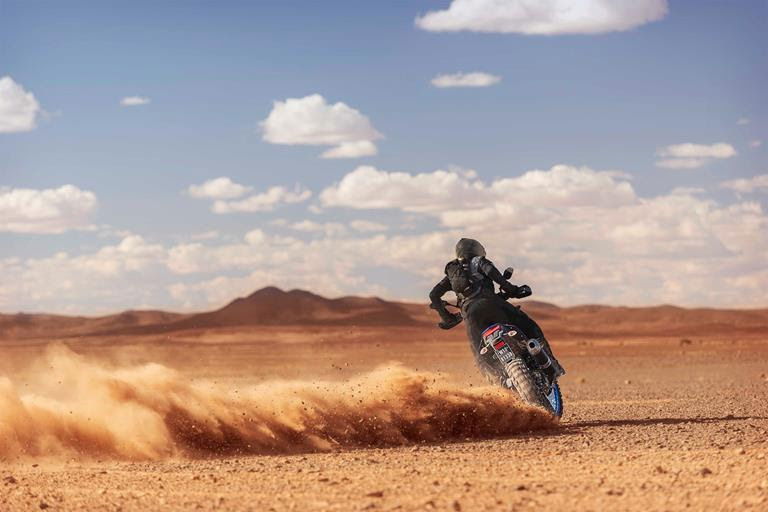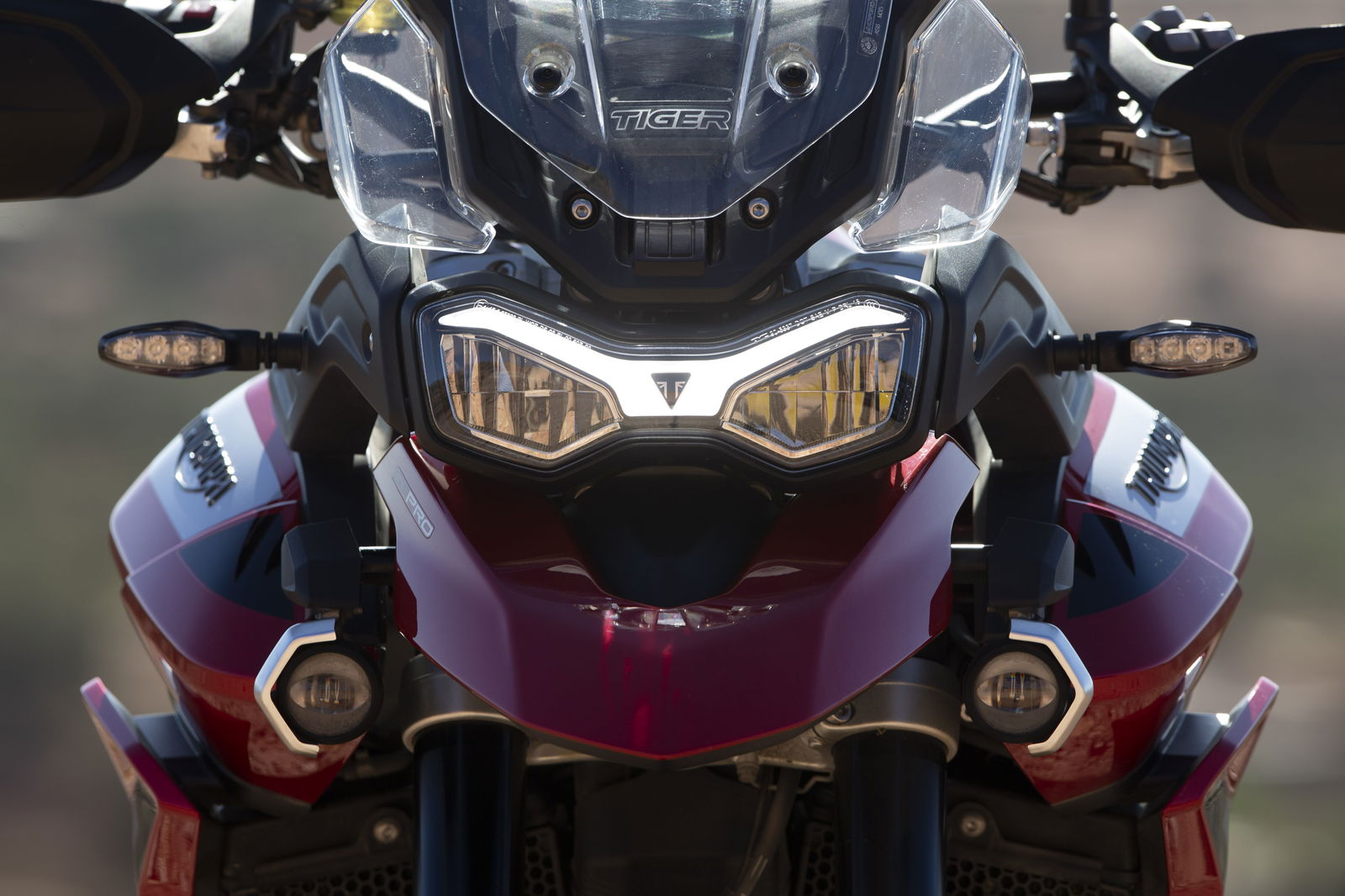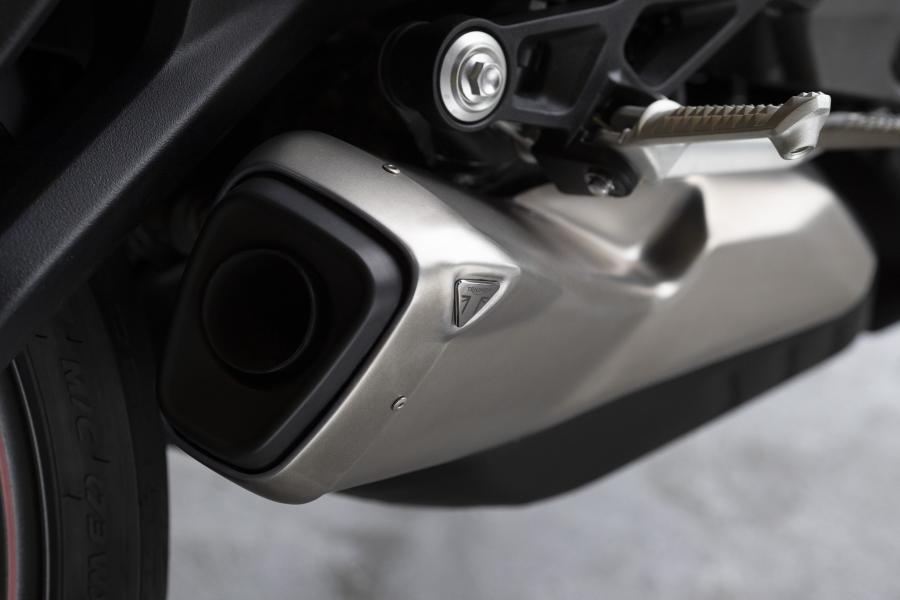Triumph Tiger 900 Rally Pro Vs Yamaha Ténéré 700
We take a look at the pros and cons of two of the best middle-weight adventure motorcycles on the market today

The burgeoning mid-weight adventure motorcycle scene gained a couple of strong contenders for the bike of choice in the last 12-months. One is a new bike that uses a crossplane parallel twin-cylinder engine, rally-raid styling and a minimalist style that suits the Dakar aesthetic.
The other is an updated version of one of the maker’s iconic brands, it uses a trick three-cylinder T-Plane engine, has every gadget under the sun fitted to it and is styled like a droid out of Stars Wars. The two bikes we’re talking about are the Triumph Tiger 900 Rally Pro and the Yamaha Ténéré 700.
Looking at the spec sheet for these two machines could lead you to think they couldn’t be more mismatched for a head to head, but they are two mid-weight adventure machines that just go about things slightly differently.

Firstly let's look at the cost involved in buying them.
With the Tenere starting at £9,145, it looks as though the Yamaha has the Triumph Rally Pro beat with its £13,100 starting price. There are a few bits to add to the Ténéré to make it like-for-like – fog lights, engine bars, and heated grips. But even with those bringing the up to about £10k, it’s still over £3k less than the Hinckley built machine.
Price is just one part of the puzzle though, as the Triumph is a fully-loaded motorcycle from the start, and there is a base-spec Tiger 900 that starts at £9,500, although that doesn’t come with the same adventure riding equipment as the Rally Pro does and is much more touring and commuting oriented.

Equipment-wise the Triumph is a much more fully equipped machine, featuring a full IMU controlling ABS and traction control functions, riding modes including Rain, Road, Sport, Off-Road, Off-Road Pro and Rider – which is a user-configurable mode. It also features the biggest screen this side of an IMAX cinema, Bluetooth connectivity and the adventure rider’s lifeline in the form of What3Words software built into the system. The Tiger 900 Rally Pro is also fitted with Showa long-travel suspension, Brembo Stylema calipers and heated grips as standard.
The Ténéré, on the other hand, is almost completely devoid of electronic systems, aside from the two-channel switchable ABS. It does though have top-spec hardware fitted to it in the form of KYB 43mm forks (210mm), a Sachs rear shock (200mm) and Brembo calipers up-front.
.jpg?width=1600)
If anything, the difference in equipment and hardware is pointing at the single-mindedness of the Ténéré: The lack of systems and interference highlight the machine as a full-on desert touring machine, where such electronics could be more of a hindrance than a help. The Tiger 900 Rally Pro though has one boot in the mud and the other planted firmly on the tarmac. If it’s out and out off-road performance you’re after the Yamaha wins it. But if your commute takes you down the A14 to work and not the Arabian Desert you might want to consider the Triumph.
Both bikes fall nicely into the mid-weight category, although the Ténéré just beating the Tiger on that front, with 205kg playing the Triumph’s 220kg – ready to ride. For those of us shorter than the average adventure rider it’s worth considering the two machine’s seat height, with the Tiger being adjustable from 810-830mm and the Ténéré coming in at a towering 875mm. The Yamaha can be ordered with a lower seat and linkages which beings the seat down to 840mm, although that will add a couple of hundred quid to the cost.

Yamaha Ténéré 700 road test conclusion: Chris Moss
‘I’ve asked this bike to do a lot of different things and its always come up trumps each and every time. This is an Adventure bike that works off-road – not a pseudo adventure bike that just looks the part.
I thought that would come at the cost of being poor on road but I became very clear that this is a very comfortable, easy-going, civilised bike offering a lot of protection that I could have ridden in home back [from Barcelona] to the UK.’

Triumph Tiger 900 Rally Pro conclusion: Toad Hancocks
‘The biggest positive I can give the new Tiger 900 relates to the off-road riding experience of the machine. Having ridden a Tiger 800 XCA on the launch in Morocco two years ago, the feeling of that launch was that I had completed it, ridden the dunes and not crashed, but at no point did I feel completely comfortable – like it could all go wrong at any moment.
Not this time though. I’ve never felt as relaxed, comfortable and confident on any bike while riding off-road as I did on the 2020 bike. Feeling that relaxed meant I could just focus on having some fun, isn’t that what riding motorcycles is all about after all!?’
.jpg?width=1600)
Another important factor to consider with any adventure bike is its ability actually go on an adventure. With that in mind, let's see what the fuel capacity and equipment of each is like if you were to kit them out for a trans-European trek.
With a 16 litre tank, the Yamaha should have around 175-190 useable miles before needing to fill up. My inbuilt danger-gauge would have me looking for a fuel stop after about 150 miles though. The Triumph has a larger 20-litre tank, although the three-cylinder layout is a thirstier configuration. On the launch, I was averaging around 50mpg which then gives a slightly more healthy 240 miles maximum range or 200 with a safety margin.
The Tiger 900 Rally Pro can be spec’d to include hard panniers, headlight guard, 40l roll-pack, fork protectors, dual rad-guards and fuel tank protection bars. That’s all part of the Expedition kit and while no RRP has yet been confirmed, the same parts on the old Tiger 800 XCA would cost you about £1300 so we can assume that would at least be the starting price here.
If you wanted to deck out your Ténéré in the same continent-crossing kit, the total cost would be £1,200 or thereabouts.
Off-road, it’s clear that both machines are formidable motorcycles, not in terms of how hard they are to ride but in regard to the type of terrain they can cover. As we mentioned earlier, the Ténéré is more of a full-on off-roader while the Triumph is more of a complete all-rounder given its touring and commuting capabilities along with its off-road prowess. If your commute involves more than just green lanes, you might want to opt for the Triumph. If you’re looking for a second bike to go alongside your current road machine for more than a little off-road work, you may want to consider a test ride on the Ténéré.


